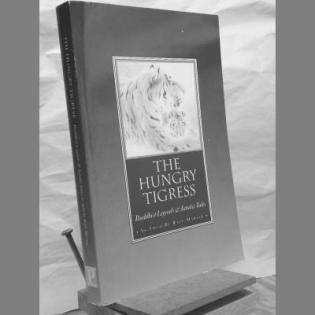Learners discover how celebrities demonstrate their caring by giving their time, talent and treasure and taking action for specific causes. It gives the learners an opportunity to begin to think of what they care about.
Filter by subjects:
Filter by grades:
Filter by audience:
Filter by issue area:
Filter by content type:
Filter by resource type:
resource search
By identifying examples of courage from the actions of Jackie Robinson, learners discover that it takes courage to do the right thing in the face of peer pressure.
In this unit, learners investigate the meaning of respect, especially as it relates to respecting members of diverse groups. Students analyze the dynamics of group formation and describe how inclusion and exclusion from groups can result in conflict and disrespect.
Students learn the meaning of philanthropy and community and ways to practice philanthropy in the school and neighborhood in which they live. They will learn about these concepts through music, movement, and creative dramatics experiences.
This lesson focuses on two young Jewish survivors of Auschwitz-Birkenau, the Nazi death camp. As they return to their home town and the concentration camp, they each tell their story and explain why they were willing to return to such an emotionally devastating place.
The purpose of this unit is to provide practical insight into the dilemmas of creation, an examination of theoretical social areas needing improvement and presenting solutions in those areas utilizing tikkun olam.
Students use basic software to find, analyze, manage, and present information related to community service. This eight-week course guides students as they explore an issue and create a project and presentation.
Hands On Philanthropy is a nationally recognized semester-long course that introduces students to the importance of philanthropy in society and philanthropy’s historical and philosophical role.
Tell me a story...
Once, the Buddha was born as a Banyan Deer. When he was grown he became leader of the herd. He guided his herd wisely and led them to the heart of a secluded forest where, sheltered by the giant trees, they lived free from danger.
